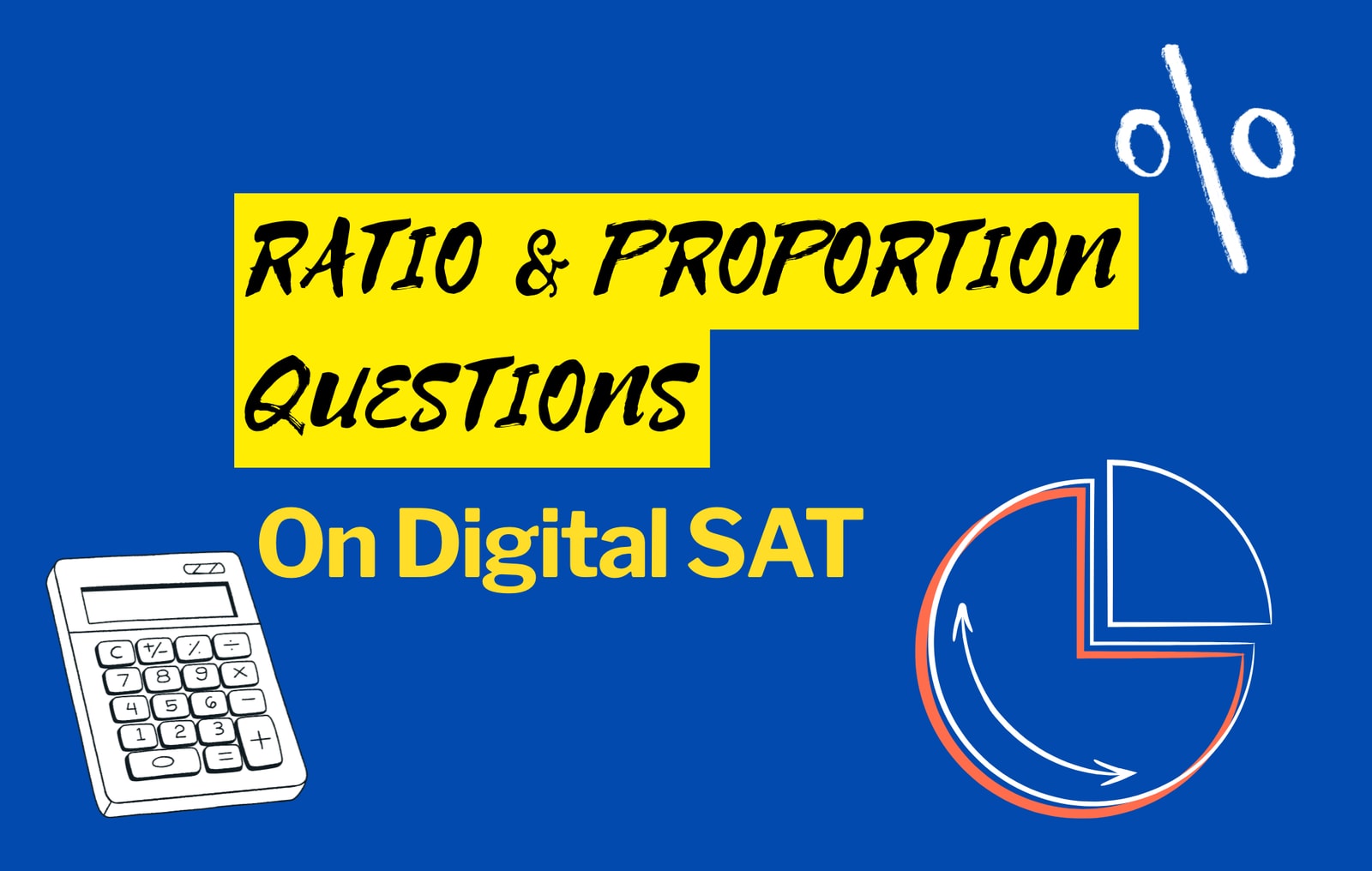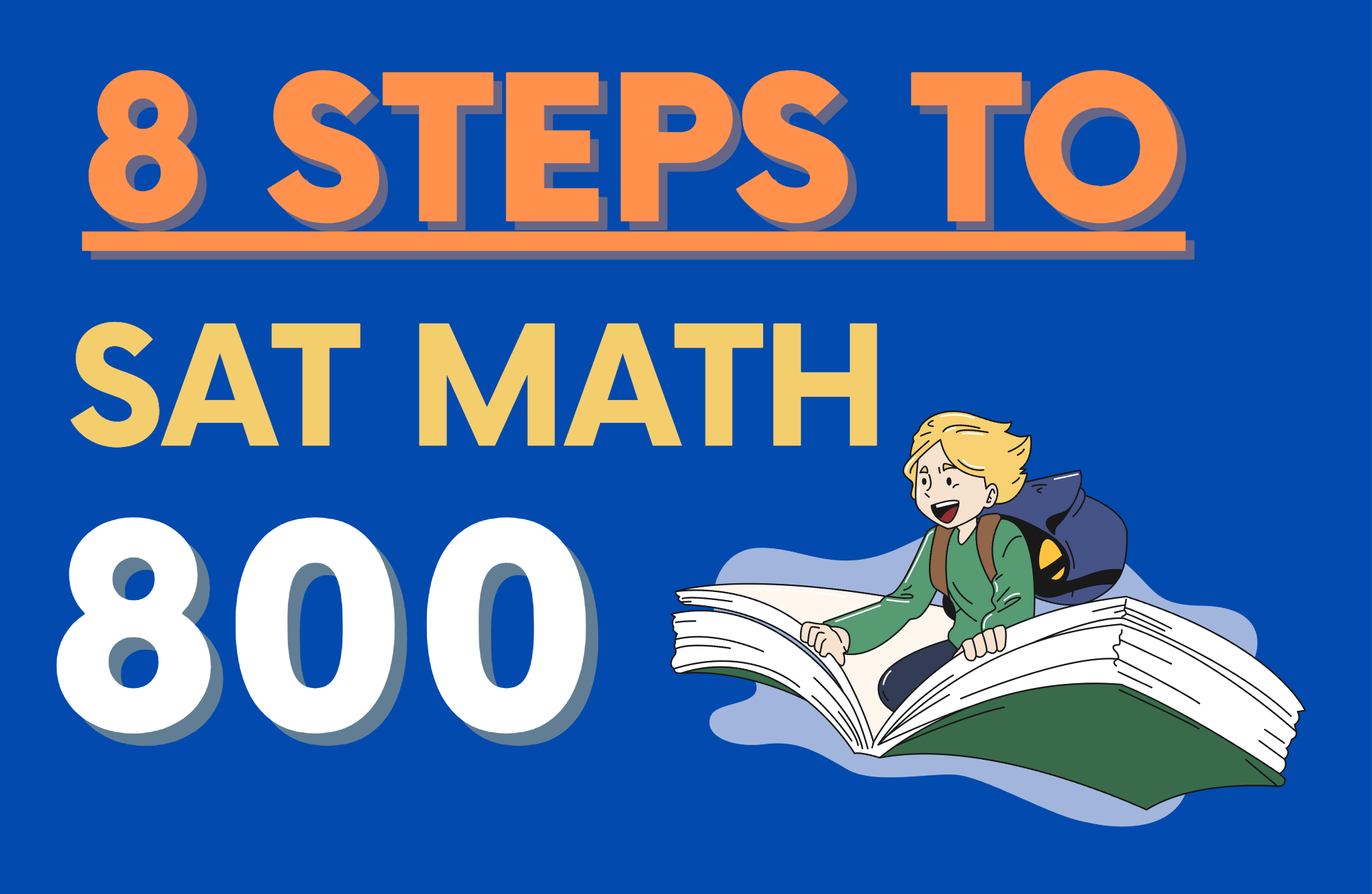SAT Math Ratio & Proportion Guide: Key Concepts & Practice
Author
Phoenix Wilder
Date Published

Introduction to Ratio and Proportion Concepts
The mathematics section of the SAT examination places significant emphasis on ratio and proportion problems, which appear consistently across various question types and difficulty levels. These concepts form the backbone of numerous word problems that assess a student's ability to analyze quantitative relationships and apply mathematical reasoning to real-world scenarios. This comprehensive guide not only explores the fundamental principles underlying ratio and proportion questions but also provides advanced problem-solving techniques, extensive practical examples, and in-depth discussions of related mathematical concepts like direct variation that frequently appear in standardized testing contexts.
The Fundamental Nature of Ratios
At its core, a ratio represents a comparative relationship between two distinct quantities, serving as a tool to express their relative magnitudes. To illustrate this concept, consider a classroom scenario where there are 12 female students and 18 male students. The ratio of females to males can be expressed in several mathematically equivalent forms:
1. Verbal expression: "twelve to eighteen"
2. Colon notation: 12:18
3. Fractional representation: 12/18
Simplification Principle:
Like fractions, ratios can be simplified to their most basic form. In our example, the ratio 12:18 can be reduced by dividing both terms by their greatest common divisor (6), resulting in the simplified ratio 2:3. This simplified form maintains all the essential proportional information while presenting it more concisely.
Advanced Ratio Analysis: Multiple Representation Formats
Digital SAT math questions often require students to convert between different ratio representations fluently. The three primary formats include:
1. Word-based format:
"The ratio of apples to oranges is seven to four"
2. Colon-separated notation:
apples : oranges = 7 : 4
3. Fractional form:
apples/oranges = 7/4
Strategic Recommendation:
For computational purposes, the fractional form often proves most advantageous, particularly when solving problems that require algebraic manipulation or the creation of proportional equations. However, students should practice recognizing and working with all three formats to ensure flexibility in approaching Digital SAT math questions.
Comprehensive Understanding of Ratio Types
Delving deeper into ratio theory reveals two critical classifications that appear consistently on the Digital SAT math:
1. Part-to-Part Ratios:
These compare distinct components within a system. Our previous classroom example (12 females to 18 males) demonstrates a part-to-part ratio where each gender group represents a portion of the total student population.
2. Part-to-Whole Ratios:
These compare individual components to their collective total. Continuing our classroom example:
· Female students to total students = 12/30
· Male students to total students = 18/30
Conversion Methodology:
Moving between these ratio types requires simple mathematical operations:
· From part-to-part (a:b) to part-to-whole:
a/(a+b)
b/(a+b)
Practical Applications Through Extended Examples
Let's examine more complex scenarios that demonstrate the application of these concepts on the Digital SAT math:
Extended Example 1: School Club Membership
A university's science club has members from three academic departments in the ratio 4:7:9 (Biology:Chemistry:Physics). If the total membership is 300 students:
a) Determine the number of chemistry students
b) Find the ratio of physics students to non-physics students
Solution Approach:
a) Calculating chemistry students:
1. Sum the ratio parts: 4 + 7 + 9 = 20
2. Chemistry proportion: 7/20
3. Number of chemistry students: (7/20) × 300 = 105
b) Physics to non-physics ratio:
1. Non-physics students = Total - Physics = 300 - (9/20 × 300) = 300 - 135 = 165
2. Required ratio: 135:165 → Simplify by dividing by 15 → 9:11
Proportion Theory and Problem-Solving Techniques
Proportions represent equations of equality between two ratios and frequently appear in Digital SAT math problems involving:
· Scaling and measurement conversions
· Rate calculations
· Map and model scaling
· Geometric similarity
SAT Problem Identification:
Typical phrasing includes:
· "directly proportional"
· "varies proportionally with"
· "at the same relative rate"
· "maintaining this proportion"
Advanced Proportion Example: Chemical Solutions
A chemistry lab maintains two solutions where the ratio of acid to water is 5:12 in Solution A and 3:8 in Solution B. If the lab combines 70 liters of Solution A with x liters of Solution B to create a new solution with acid-to-water ratio of 1:2, determine the value of x.
Multi-Stage Solution Process:
1. Analyze Solution A:
Total parts: 5 + 12 = 17
Acid in 70L: (5/17) × 70 ≈ 20.588L
Water in 70L: 70 - 20.588 ≈ 49.412L
2. Analyze Solution B:
Total parts: 3 + 8 = 11
Acid in x liters: (3/11)x
Water in x liters: (8/11)x
3. Combined solution ratio:
(20.588 + 3x/11)/(49.412 + 8x/11) = 1/2
Cross-multiplying: 2(20.588 + 3x/11) = 49.412 + 8x/11
41.176 + 6x/11 = 49.412 + 8x/11
41.176 - 49.412 = (8x/11 - 6x/11)
-8.236 = 2x/11
x ≈ -45.298
Note on Negative Solution:
This negative value indicates these particular solutions cannot be combined in any positive quantity to achieve the desired 1:2 ratio, an important insight about ratio limitations.
Direct Variation: Theory and Complex Applications
The mathematical relationship y = kx, where k is the constant of proportionality, defines direct variation. Digital SAT math questions often test this concept through:
1. Word problems involving proportional relationships
2. Graphical interpretations
3. Algebraic manipulations
Three-Step Solution Framework:
1. Establish the variation equation based on given information
2. Compute the constant of proportionality (k)
3. Apply the complete equation to solve for unknowns
Advanced Example: Engineering Application
A bridge's load-bearing capacity varies directly with the cross-sectional area of its support beams. When a beam has:
· Area of 2.5 m² → Capacity of 37,500 kg
Find:
a) The capacity for a 3.75 m² beam
b) The required area for 50,000 kg capacity
Solution Process:
a) Calculating increased capacity:
1. First determine k:
37,500 = k × 2.5 → k = 15,000
2. Apply to new area:
Capacity = 15,000 × 3.75 = 56,250 kg
b) Solving for required area:
50,000 = 15,000 × Area → Area ≈ 3.333 m²
Ratio, Proportion, and Variation in Geometric Contexts
SAT math sections frequently incorporate geometric applications:
Similar Triangles Problem:
Two similar right triangles have corresponding sides in ratio 5:7. The smaller triangle has:
· Hypotenuse = 25 cm
· Area = 150 cm²
Find the larger triangle's:
a) Hypotenuse length
b) Perimeter
c) Area
Solution Methodology:
a) Hypotenuse calculation:
Corresponding sides ratio = 5:7
25 cm corresponds to 5 parts → each part = 5 cm
Larger hypotenuse = 7 × 5 = 35 cm
b) Perimeter determination:
First find all sides of smaller triangle:
Given:
· Hypotenuse (c) = 25
· Area = 0.5 × a × b = 150 → a × b = 300
By Pythagorean theorem: a² + b² = 625
System: a × b = 300, a² + b² = 625
Use identity: (a + b)² = a² + 2ab + b²
= 625 + 600 = 1225 → a + b = 35
Perimeter small = 35 + 25 = 60 cm
Perimeter large = 60 × (7/5) = 84 cm
c) Area calculation:
Area ratio = side ratio² = (5/7)² = 25/49
150 cm² corresponds to 25 parts → each part = 6
Larger area = 49 × 6 = 294 cm²
Special Considerations and Common Pitfalls
When approaching SAT ratio problems, students should remain vigilant about:
1. Units Consistency: Always verify that quantities being compared share the same units.
2. Order Preservation: Maintain consistent quantity order when writing ratios.
3. Context Interpretation: Carefully determine whether part-to-part or part-to-whole ratios are needed.
4. Non-Integer Solutions: Some proportion problems may yield fractional results that require rounding based on context.
5. Zero Exclusion: Remember that ratios cannot have zero as a denominator or ratio term.
Common Error Example:
Question: The ratio of x to y is 3:5. If y is increased by 10 and x remains constant, what is the new ratio?
Incorrect Approach:
Simply adding 10 to the second term → 3:15
Correct Solution:
Original ratio: x/y = 3/5 → x = (3y)/5
New y' = y + 10
New ratio: x/y' = (3y)/5(y+10)
Without knowing y's value, we cannot simplify further
Conclusion and Strategic Summary
Mastering ratio, proportion, and variation concepts requires:
1. Conceptual Clarity: Understanding fundamental definitions and relationships
2. Representation Fluency: Comfort moving between different ratio formats
3. Problem Recognition: Identifying ratio/proportion problems in various contexts
4. Methodical Approach: Applying systematic solution frameworks
5. Verification Habits: Checking solutions against problem constraints
By developing these competencies through targeted practice with problems of varying complexity, students can approach SAT ratio questions with confidence and precision. For optimal preparation, students should:
· Create a personal question bank of ratio problems
· Annotate solutions to highlight key reasoning steps
· Time problem-solving to build efficiency
· Review mistakes to identify conceptual misunderstandings
This comprehensive understanding of ratios and their applications provides a strong foundation for success on the SAT mathematics section and beyond into higher-level quantitative studies.
Related Posts
Master SAT math by learning time-saving techniques, solving equations, and tackling word problems confidently. Prep smart, score high!

Unlock your path to a perfect score on Digital SAT Math with these 8 expert strategies and essential test-taking techniques.